Big cats capture our imagination with their power, grace, and mystery. From the dense jungles of India to the open savannahs of Africa, these majestic creatures are key players in the ecosystems they inhabit. Yet, despite their notoriety, there are many little-known facts about them that could reshape the way we perceive these enigmatic animals. Here are seven intriguing aspects of big cats that will change how you see them.
The Diverse Spectrum of Big Cats
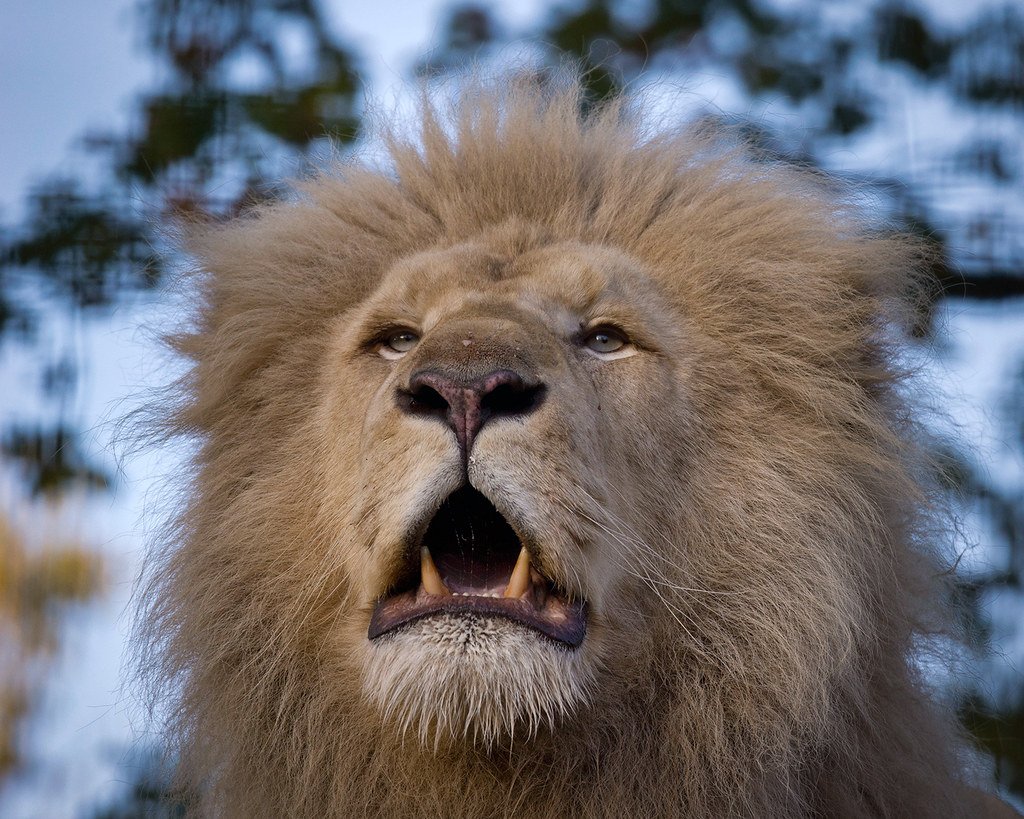
When we talk about big cats, names like lions, tigers, and leopards immediately come to mind. However, the term “big cat” encompasses more than just these well-known species. It includes cheetahs, jaguars, snow leopards, and even cougars, each boasting unique traits and adaptations. This diverse family thrives across various continents, showcasing incredible versatility in adapting to different environments.
Roaring Rights: Not All Big Cats Roar
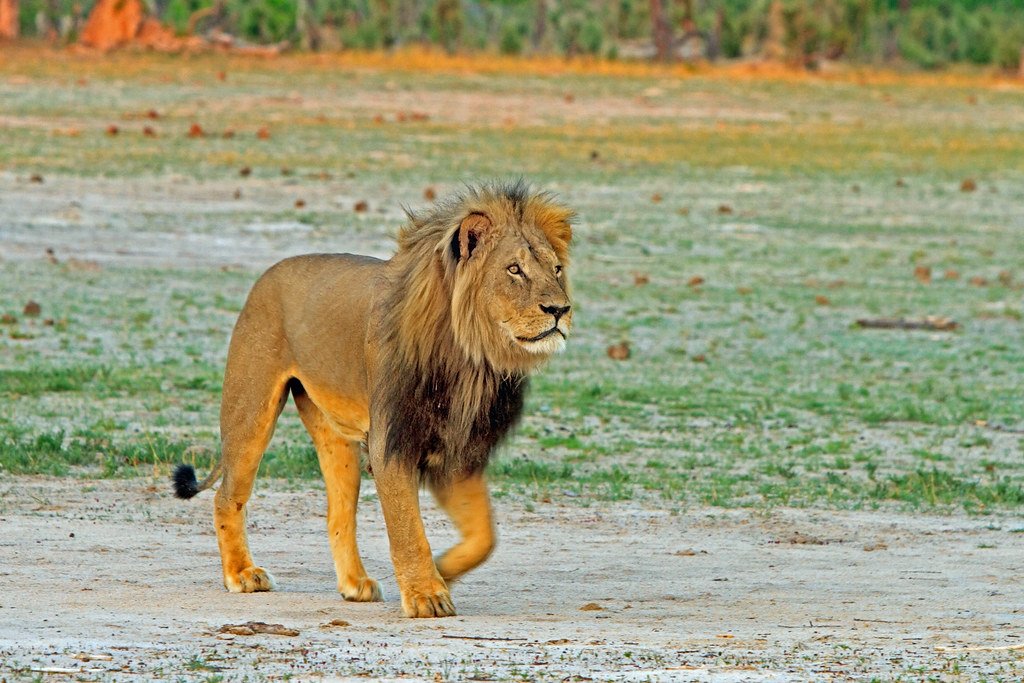
While roaring is often associated with big cats, not all members of this group possess this ability. Roaring is a trait found in the Panthera genus, which includes lions, tigers, leopards, and jaguars. Cheetahs, snow leopards, and cougars, however, cannot roar. Instead, they produce a range of sounds including purrs, growls, and hisses to communicate.
Social Dynamics: The Unique Pride Structure of Lions
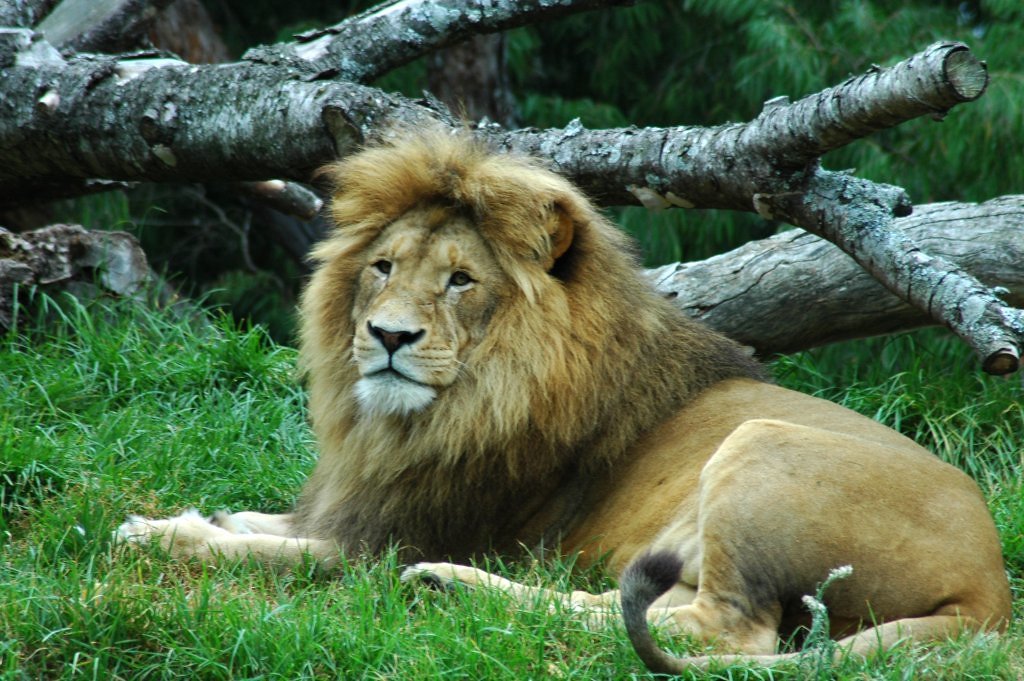
Unlike most big cats, which are solitary creatures, lions are known for their complex social structure. They live in prides, consisting of related females, their offspring, and a small number of adult males. This social arrangement offers numerous survival advantages, such as cooperative hunting and cub rearing, but also brings challenges like territorial disputes and hierarchical stresses.
Master Hunters: The Cheetah’s Speed and Strategy
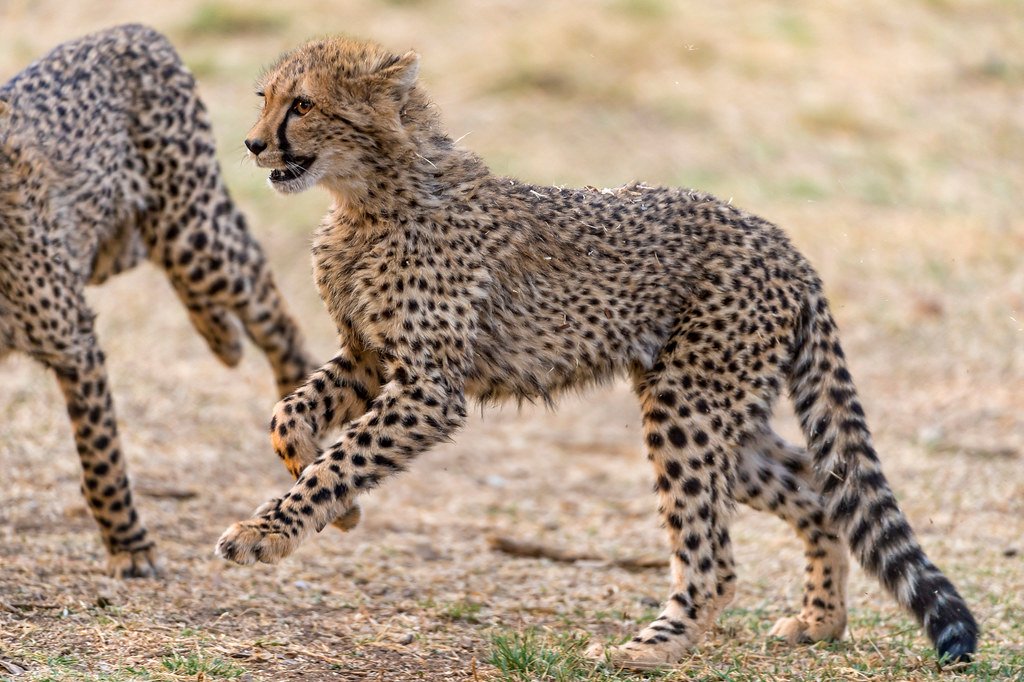
The cheetah is renowned for its unmatched speed, making it the fastest land animal. Capable of reaching speeds up to 60-70 miles per hour, its body is aerodynamically built for brief but explosive chases. However, speed alone doesn’t guarantee success; cheetahs are also tacticians, using stealth and proximity to cut down the distance before engaging in a chase.
Spotting the Differences: The Importance of Unique Patterns
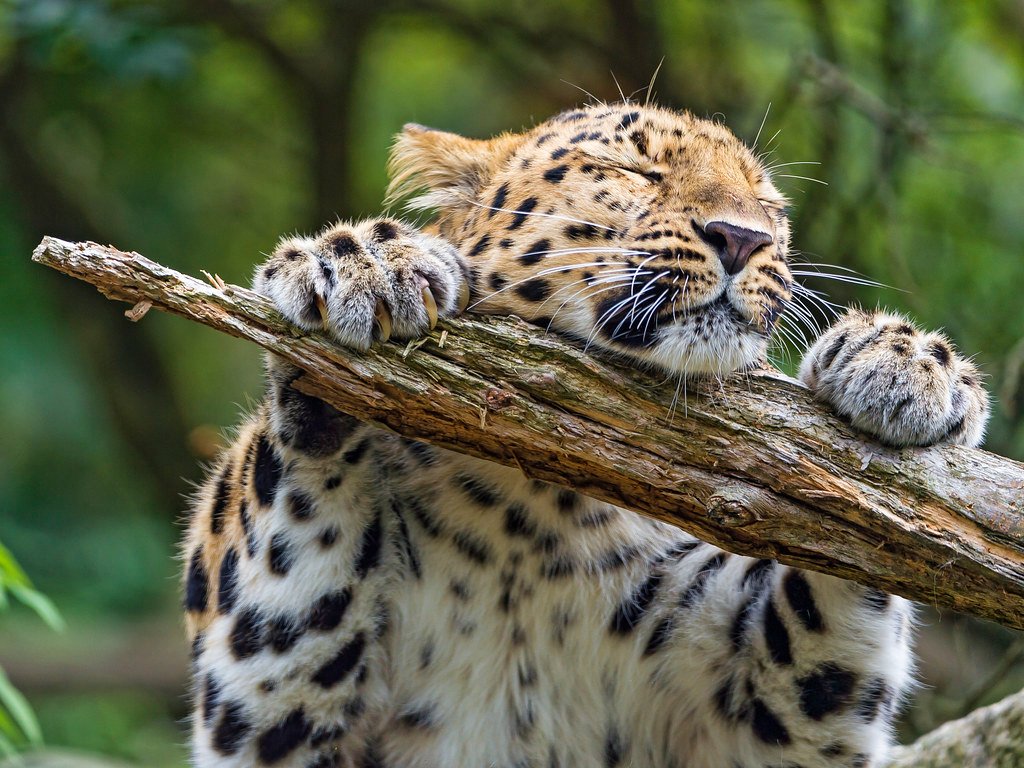
Each species of big cat boasts a distinctive pattern of spots or stripes that not only adds to their beauty but also plays a crucial role in their survival. These patterns serve as camouflage, helping them blend into their natural surroundings, whether it’s the dappled shadows of a forest or the tall grasses of the savannah, thereby facilitating hunting or evading threats.
Adaptations for Survival: The Snow Leopard’s Cold Weather Traits
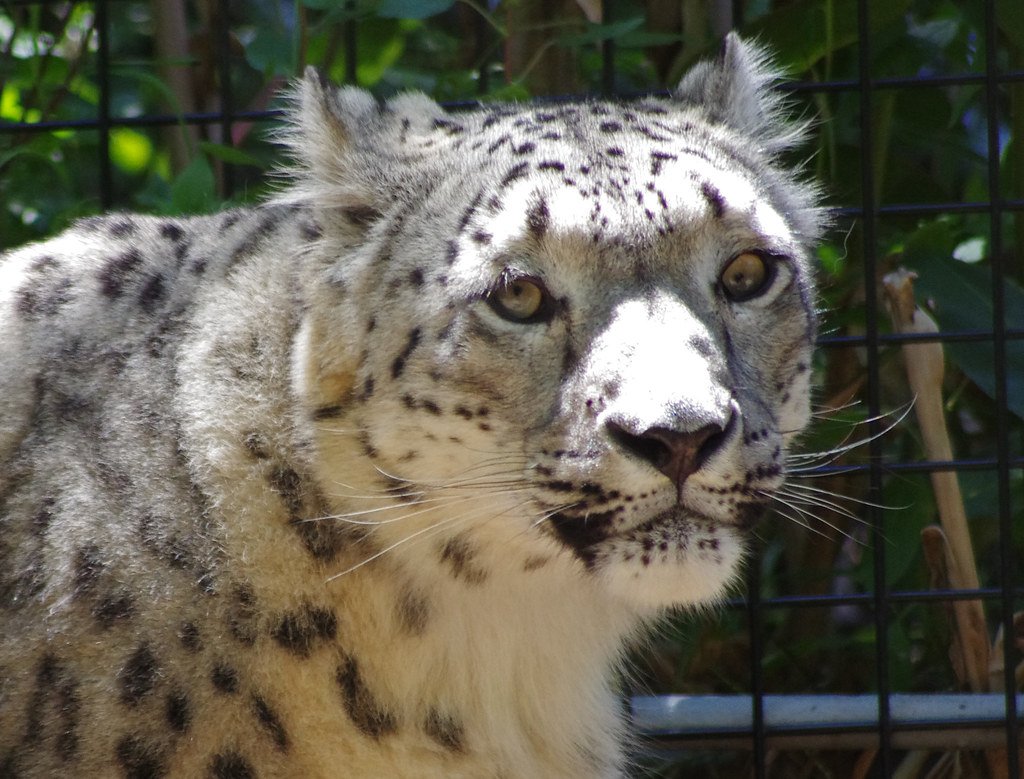
The elusive snow leopard, often referred to as the “ghost of the mountains,” has adapted to survive in some of the harshest climates on Earth. With thick fur, large nasal passages for warming cold air, and broad paws working like natural snowshoes, this big cat exemplifies evolutionary efficiency in its icy habitat. Its long tail helps with balance and warmth, providing extra insulation when curled around its body.
Conservation Challenges: The Plight of Big Cats
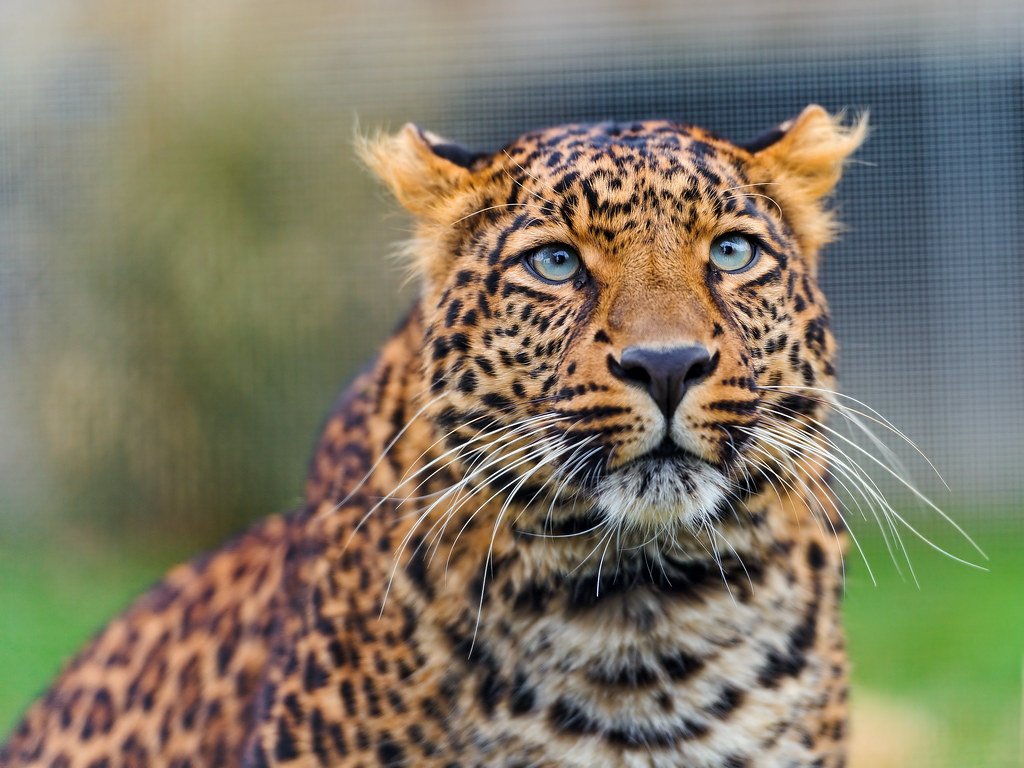
Many big cat species face significant threats from habitat loss, poaching, and human-wildlife conflict. Their populations have dwindled drastically over the last century. Conservation efforts focus on habitat protection, anti-poaching measures, and community education to foster coexistence. Protecting these majestic animals is not only crucial for biodiversity but also for the health of ecosystems worldwide.
The Role of Big Cats in Ecosystems

Big cats play an indispensable role as apex predators, regulating prey populations and maintaining the balance within their ecosystems. By controlling the numbers of herbivores, they prevent overgrazing and ensure the health of vegetation. This trophic cascade influences the entire food web and helps sustain the ecological equilibrium.
Human Perceptions: The Myth and Reality of Big Cats
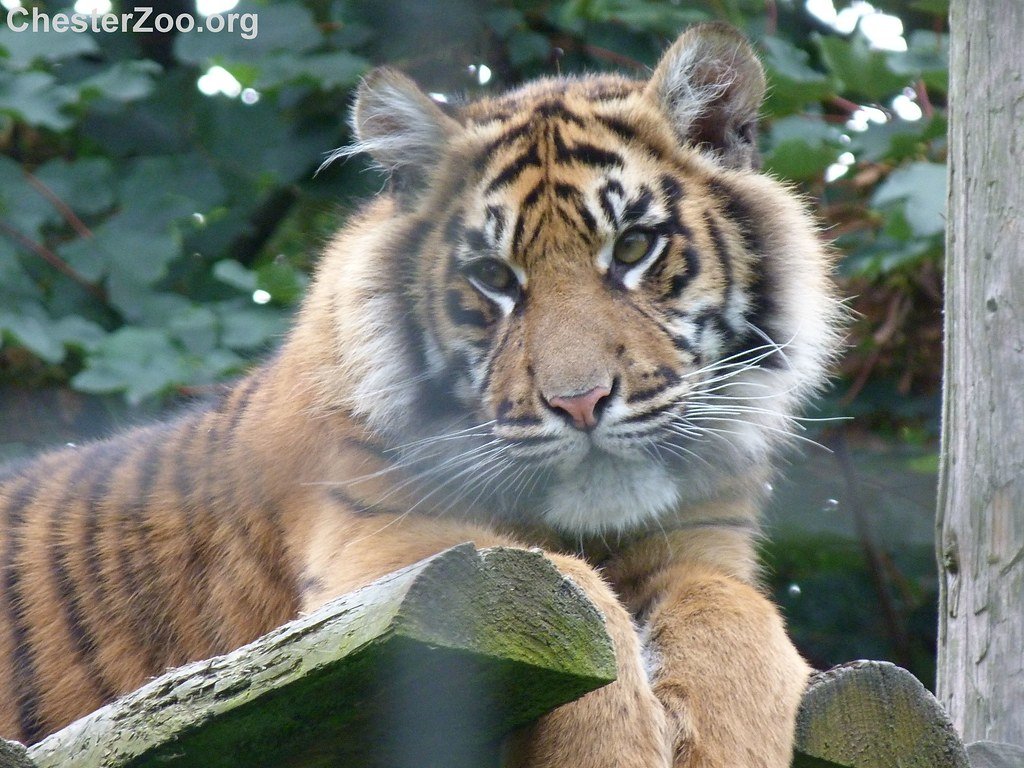
From folklore to modern media, big cats have been both vilified and revered, cast as ferocious predators or symbols of courage. While fiction often exaggerates their danger, understanding their true nature reveals creatures driven by survival instincts, not malice. Public education and awareness can help mitigate fears and encourage support for conservation initiatives.
A Future with Big Cats
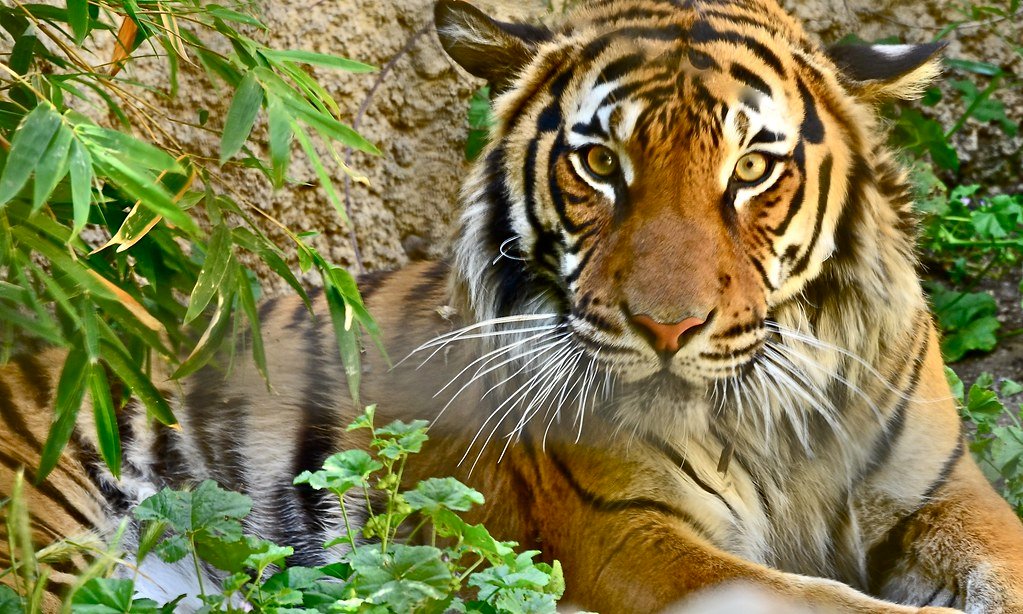
Efforts to conserve big cat populations are crucial for their survival and for maintaining biodiversity on our planet. By appreciating their complexity and role within ecosystems, we can better support conservation strategies that ensure these magnificent creatures continue to thrive. Recognizing the challenges they face and celebrating the incredible diversity among them can galvanize efforts to secure a harmonious future for big cats and humans alike.
Hi, I’m Bola, a passionate writer and creative strategist with a knack for crafting compelling content that educates, inspires, and connects. Over the years, I’ve honed my skills across various writing fields, including content creation, copywriting, online course development, and video scriptwriting.
When I’m not at my desk, you’ll find me exploring new ideas, reading books, or brainstorming creative ways to solve challenges. I believe that words have the power to transform, and I’m here to help you leverage that power for success.
Thanks for stopping by, Keep coming to this website to checkout new articles form me. You’d always love it!






